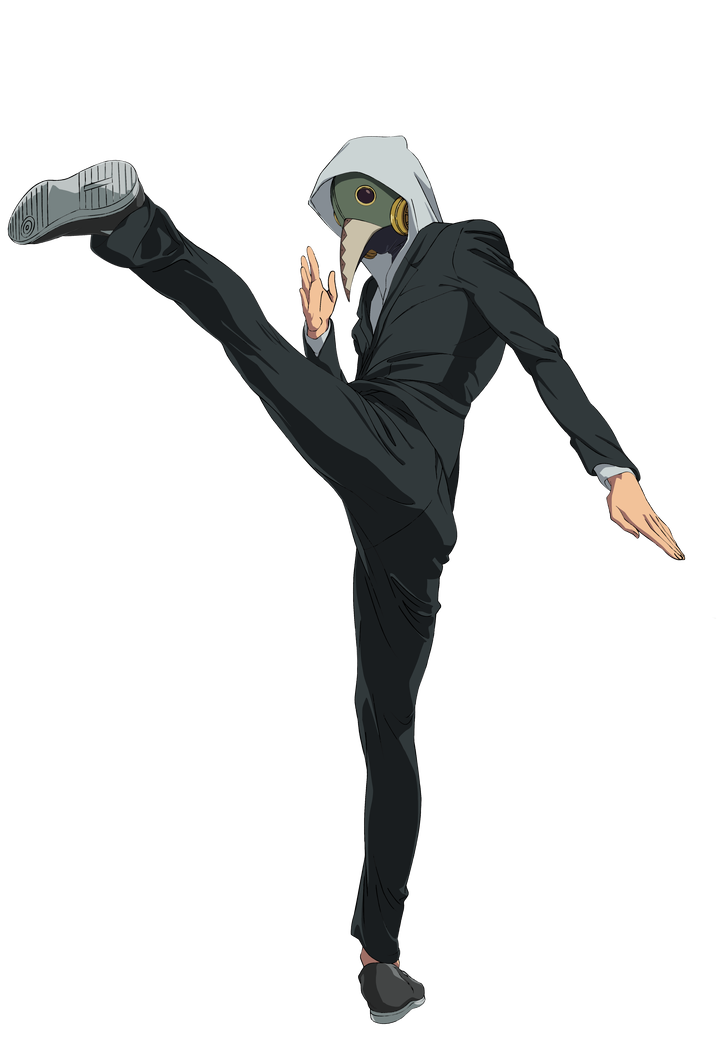# How Chainsaw Man Uses Shocking Violence to Redefine Storytelling
##
Introduction: A New Era of Storytelling
“Chainsaw Man” has stormed the storytelling landscape, slicing through conventional norms with an audacity that captivates and shocks. This series isn’t just a wild ride through a world of devils and chaos; it’s a fresh perspective on life and its inherent messiness. Denji, the earnest yet flawed protagonist, navigates this tumultuous environment, showcasing how violence and danger can illuminate the deeper intricacies of existence. The chaos surrounding him resonates with all of us, revealing our own struggles and desires within our turbulent lives.
At first glance, the graphic violence might seem shocking and even gratuitous, but “Chainsaw Man” cleverly twists this expectation. Instead of relying solely on shock value, the series uses violence to deepen emotional connections and character arcs. Each brutal encounter acts as a magnifying glass on the human experience, forcing us to confront not just the horror of existence, but the beauty that can emerge from it. Life’s fragility becomes palpable, urging us to ponder what it means to truly live with purpose in an imperfect world.
This essay will delve into the multifaceted ways “Chainsaw Man” uses violence as a storytelling device. By exploring themes of existentialism, character growth, and societal reflections, we’ll uncover how this series embodies a rich, introspective commentary on life itself—one that invites us to embrace every moment and to dance joyfully amidst the chaos.
##
The Art of Shock: Engaging the Audience
One of the most exhilarating aspects of “Chainsaw Man” is its ability to snare audiences with its shocking narratives that leave a lasting impact. The extreme violence is not merely there for effect; it serves as a clarion call that demands our attention and contemplation. In a culture where we’re often numb to the barrage of digital media, the visceral moments in this series jolt us awake, urging us to reflect on our own experiences and the world around us. Why do these moments resonate so strongly? Because they remind us of the raw, unfiltered nature of life itself!
The balance between action-packed sequences and reflective moments is a masterclass in storytelling. The loud rev of the chainsaw is often followed by a silence that speaks volumes—a chance for us to digest the emotional aftermath of chaos. It’s within these quieter beats that we grapple with our own fears, grief, and the universal challenge of existence. The shock value transforms into a doorway for deeper conversations about trauma and resilience, making the series a canvas for introspective engagement rather than simple entertainment.
As we journey alongside Denji and his companions, we are not just spectators; we become active participants in the narrative. The violent encounters prompt us to confront our own fears and ideologies, turning the series into a catalyst for personal growth. It encourages us to reflect on our life’s complexities, to unearth the lessons hidden within chaos, and to emerge stronger and more enlightened as a result.
##
Character Development: Humanity in the Face of Violence
At the core of “Chainsaw Man” lies a vibrant cast of characters, each embodying the dynamic nature of human existence. Denji’s quest for a simple life amidst brutal confrontations serves as a poignant reminder of how violence can shape identity. His journey is not just a battle for survival; it’s a fascinating exploration of personal growth that challenges us to reconsider our own motivations and dreams. The series invites us to empathize with Denji and his struggles, revealing that even in the most chaotic circumstances, the search for meaning and connection drives us all.
Denji’s evolution through violence unveils the complex layers of vulnerability and resilience within us. Each brutal fight strips away facades, exposing core desires and aspirations. It’s a compelling arc that illustrates how adversity can catalyze profound change. As we witness Denji confront his demons—literal and metaphorical—we can’t help but see reflections of our own lives, reminding us that growth often stems from facing our greatest challenges head-on.
The supporting characters enrich this narrative tapestry, each reacting uniquely to the violence and power surrounding them. From the enigmatic Aki to the vibrant Power, they embody various responses to struggle and loss, providing a broader lens through which we can examine the human experience. Their interactions are vibrant and complex, mirroring the intricate dynamics of society as they grapple with their own battles. Together, they illuminate the idea that even in a world steeped in chaos, our connections remain a source of strength, hope, and understanding.
##
Societal Reflections: Violence as a Mirror
“Chainsaw Man” boldly confronts the darker truths of society, using violence as a reflective surface for real-world issues. The brutal depictions often serve as metaphors for broader societal fears, such as trauma and power struggles, compelling us to face uncomfortable realities. This story doesn’t shy away from challenging our morality and ethics, urging us to recognize how violence affects us and those around us. It sparks essential conversations about human nature and the importance of empathy in a world that often feels fragmented.
The series cleverly utilizes its supernatural elements to highlight societal issues, with devils representing various manifestations of fear and trauma that plague modern life. This approach cleverly transforms violence into a narrative vehicle for social commentary. By examining the consequences of fear and aggression, “Chainsaw Man” prompts us to reflect on our roles in perpetuating or dismantling these cycles. It’s a call to action to break free from societal expectations, reminding us that our choices shape not only our lives but also the world we inhabit together.
Moreover, the cyclical nature of violence depicted in “Chainsaw Man” encourages us to consider the broader implications of aggression and power. By exploring how characters react to their circumstances, the series invites us to develop understanding and compassion towards one another. It reminds us that, despite life’s trials, we hold the power to redefine our narratives and inspire change. “Chainsaw Man” ultimately serves as a catalyst for a more empathetic society, urging us to seek kindness, connection, and the courage to address our collective fears.
##
Conclusion: Embracing Chaos
In conclusion, “Chainsaw Man” artfully employs shocking violence as a vital storytelling tool, redefining how we engage with narratives. The series captivates us with its visceral depiction of chaos while encouraging deep emotional exploration, character development, and critical reflections on society. It challenges us to embrace the messiness of life, confront our fears, and find beauty within the chaos.
As we step away from Denji’s journey, let’s carry the spirit of resilience with us. Life is a whirlwind of challenges, but within every struggle lies an opportunity for growth and understanding. Let’s embrace our own narratives with courage and positivity, leveraging the lessons we learn from such powerful stories. Remember: even when the world feels chaotic, there’s always a spark of hope waiting to be discovered—so keep pushing forward, keep dreaming, and keep shining bright!

